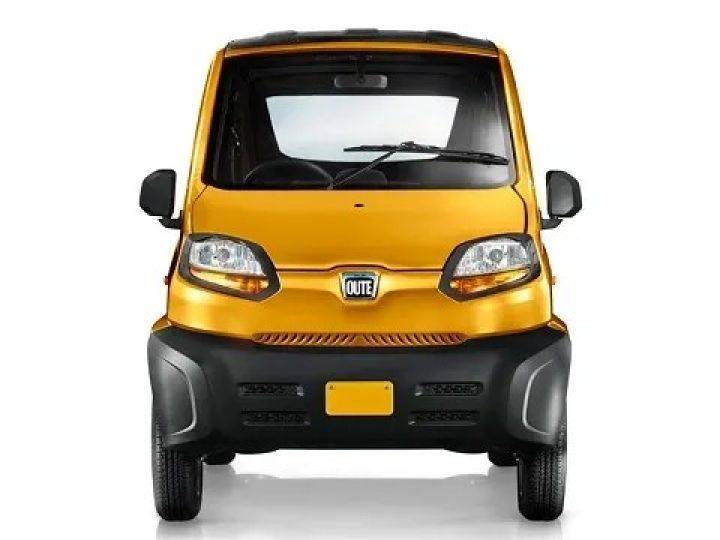
Could The Bajaj Qute EV Be India’s Most Affordable Electric City Car?
A Qute with EV lettering was recently spotted testing wearing the QCar badge
- Qute electric vehicle (EV) is likely to be sold to private buyers in some states.
- The test mule was visually identical to the Qute quadricycle.
- The spied vehicle was a left-hand-drive and could be sold in other countries.
- Motor specs and range are currently unknown.
The electric car market in India is set to expand in 2020 with the support of government policies on charging and the launches of multiple electric vehicles (EVs) such as the MG eZS, XUV300 Electric, and Nexon EV. But what about electric cars that Indians can afford? The Bajaj Qute discussed here is not exactly a car — it is a quadricycle, but it has the potential to be the urban solution India needs right now. The electric version of the Qute has now been spotted testing with a QCar badge and left-hand-drive. Though the Qute is sold as a commercial vehicle in most states, it can be bought for purchase as a private vehicle in 15 states. The report suggests that Bajaj could launch this vehicle in 2020 at a premium over the Qute CNG, which is priced at Rs 2.84 lakh (ex-showroom, Delhi).
Bajaj introduced the Qute in 2012. It comes with a 216.6cc DTS-i engine, which makes 13PS and 19Nm of torque. The minuscule city quadricycle was projected as a weather-proof alternative to two-wheelers and autorickshaws. The specs of the electric Qute are unknown, and since we don’t know the specs of the upcoming Chetak Urbanite scooter either, we have no reference point for power figures.
However, as upcoming affordable electric cars have a range no less than 120km, we expect a decent range from the Qute electric as well. But where will it hold its batteries? The Qute has no under-floor room and few storage places. Space under the rear seat is likely to be the location of choice for the battery pack, but given the small space, the Qute EV might use a small battery pack. This would help reduce costs, but would also give the car a range less than other EVs.

Electric powertrains are more expensive than petrol ones, which is why the base Tigor EV is worth Rs 1.5 lakh more than the most expensive combustion Tigor, the XZA+ diesel. So, expect the Qute EV to be pricier than the combustion Qute, which costs Rs 2.64 lakh for the petrol variant and Rs 2.84 lakh for the CNG. The test mule was left-hand-drive, which indicates that the Qute EV will be sold in other countries as well. Currently, the combustion Qute sells in 36 countries including India.
















